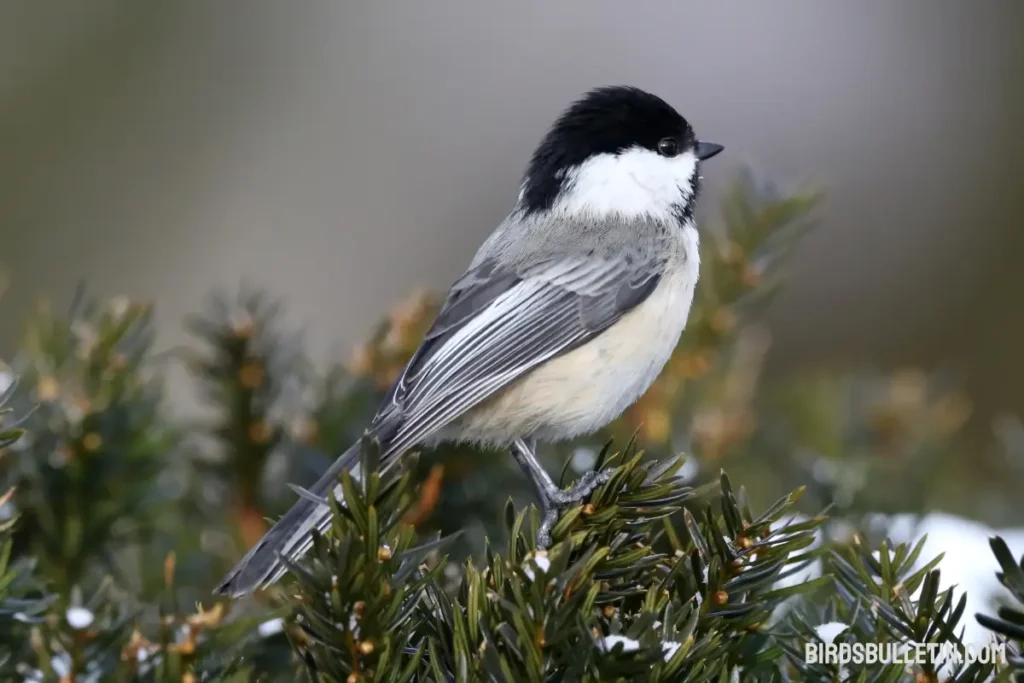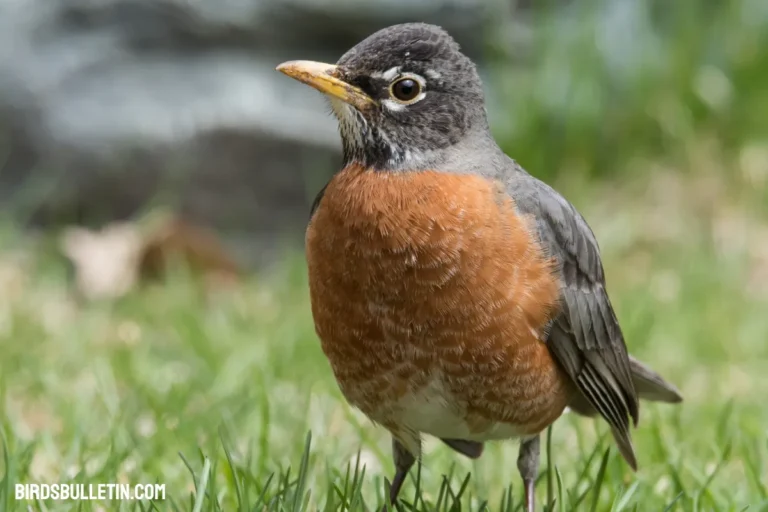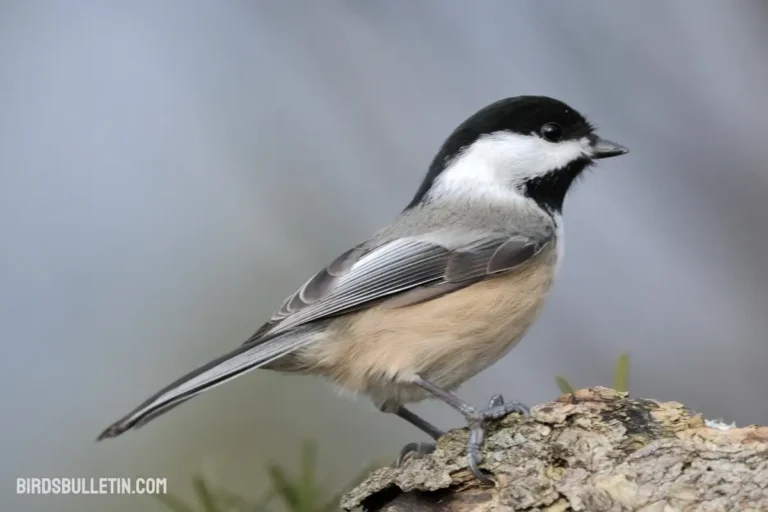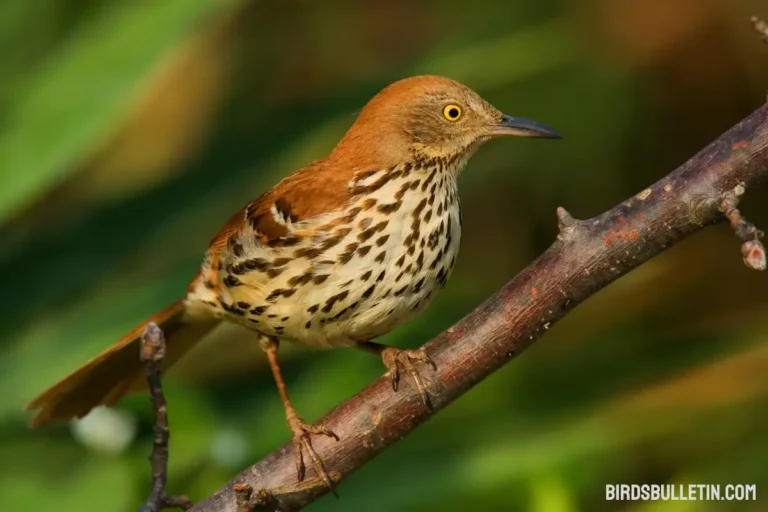Poecile Cinctus Lathami (Stephens, 1817)
The grey-headed chickadee subspecies, Poecile cinctus lathami, identified by Stephens in 1817, is a captivating avian variant thriving in the expansive landscapes of north and west Alaska and northwest Canada.
This overview explores its scientific classification, unique identification features, geographical distribution, intriguing behaviors, current conservation status, and ongoing efforts to preserve its natural habitat.
Interested in similar topics on bird subspecies
Scientific Classification
- Kingdom: Animalia
- Phylum: Chordata
- Class: Aves
- Order: Passeriformes
- Family: Paridae
- Genus: Poecile
- Species: Poecile cinctus lathami
- Authority: Stephens, 1817
Identification
This subspecies of the grey-headed chickadee has pale grey feathers on its head, throat, and flanks. Its back and wings are blackish-grey. It has a black bib, white cheeks, and a beige belly. Its bill is long and slender.

Males and females have similar plumage. Juveniles are duller in color than adults. This subspecies is distinguished by its larger size and paler plumage compared to other P. cinctus subspecies.
Location
The geographical range of P. c. lathami is northern and western Alaska as well as in parts of the Yukon and Northwest Territories of Canada.
Its range extends from the Seward Peninsula in the west to the Mackenzie River Delta in the east. It inhabits boreal forests dominated by spruce and alder trees.
Interesting Facts
- The grey-headed chickadee got its name from its distinctive pale grey head and throat. The scientific name “lathami” honors the English naturalist John Latham.
- It forages for insects, seeds, and berries by moving quickly through branches and hanging upside down.
- This chickadee is known for its complex whistled song and will also imitate calls of other birds.
- It excavates its own nesting cavities in dead trees but will also use old woodpecker holes.
Status
This subspecies of grey-headed chickadee has a wide range and a large population size. Its population appears to be stable so the IUCN Red List classifies it as a species of Least Concern.
Conservation of Natural Habitat
Protecting northern boreal forests is important for conserving the natural habitat of P. c. lathami. Climate change threatening boreal habitats is a potential concern for the future.
Maintaining old-growth forests with dead trees suitable for nesting cavities may help support chickadee populations.
Frequently Asked Questions
01. What makes the grey-headed chickadee a separate subspecies from other chickadees?
The grey-headed chickadee P. c. lathami is larger in size and paler in coloration compared to other subspecies of Poecile cinctus chickadees. It also has a longer bird. These physical differences distinguish it as a separate subspecies adapted to northern regions.
02. What kind of habitat does P. c. lathami live in?
This subspecies lives in boreal forests dominated by spruce and alder trees in Alaska and northwest Canada. It prefers mature forests with dead trees that provide nesting cavities.
03. Is the grey-headed chickadee at risk of extinction?
No, the grey-headed chickadee has a stable population and is classified as Least Concern by the IUCN Red List, so it is not currently at risk of extinction. Ongoing protection of its boreal forest habitat will help ensure its future conservation.
Summary
In summary, the grey-headed chickadee P. c. lathami is a unique subspecies of chickadee found in Alaska and northwest Canada. It can be identified by its pale grey head and throat, black bib, and whistled song.
This chickadee excavates its own nesting cavities and feeds on insects, seeds, and berries. Its boreal forest habitat should be protected to support future populations.







